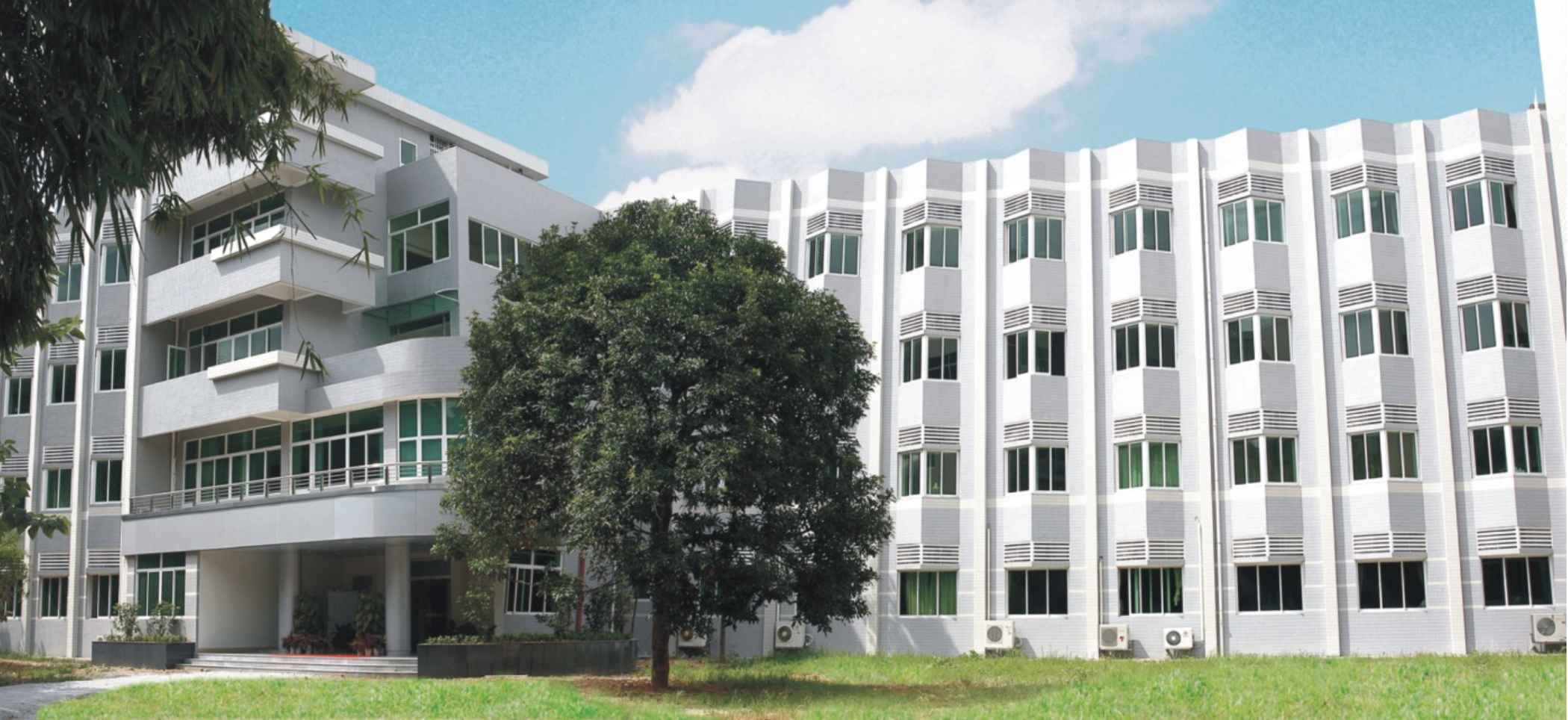
Image: Guangzhou Institute of Geochemistry, Chinese Academy of Sciences
Add: 511 Kehua Street, Wushan, Tianhe District, Guangzhou, GD 510640
Vice President: Professor XU YiGang
Fax: 020-85290130
Website: www.gig.cas.cn
Chinese scientists are researching the formation of rare earth elements
Have scientists figured out why China is so rich in rare earths that the world's smartphones need?
Chinese geologists think they have a formula that could help to increase market control with the elements on which hi-tech industries depend.
The simple combination of clay mined for porcelain production, granite bedrock and acid rain could indicate interesting rare earth sources.
Geologists in southern China say that they have isolated a number of critical factors that could make it easier to find rare earth elements used in high-tech consumer goods such as smartphones.
China has more than 80 percent of the world's rare earth reserves, such as terbium, dysprosium and holmium, concentrated in a few provinces in the south of the country.
The reason for the concentration is one of the biggest mysteries in geology, but researchers from the Guangzhou Institute of Geochemistry in Guangdong Province say the answer can be found in a combination of clay, acid rain and granite typical of southern China.
Professor He Hongping and his colleagues came to this conclusion by studying the interaction between rare earths and different clays. Through their research, they found that kaolinite - or china clay - is best at absorbing rare earths.
The clay, named after the Gaoling Village near Jingdezhen, a centuries-old ceramics production center in the East China's Jiangxi Province, is a raw material for porcelain production.
While kaolinite can be found in many countries, there are no rare earth metals in those places - likely due to the lack of acid rain, he said.
“You need the right environment.” The rocks, which contained tiny amounts of rare earth elements, weathered faster in an acidic environment, but the acidity couldn't be too high or the rare earths could fall off before the clay could trap them.
Rainwater with the right natural acidity often occurred in areas around 20 latitudes, such as southern China, he said.
The last step was the search for the source rock. Granite, which was formed from 100 million to 200 million years ago in volcanic eruptions, is considered the major source of rare earths.
He said that part of the Pacific tectonic plate containing rare elements could have been pushed under the Eurasian plate and pushed to the surface as magma that formed rocks.
Other countries could learn from the Chinese experience, He said, whose team passed its findings to the research journal Chemical Geology.
Recent discoveries in Vietnam, Australia and North Carolina in the United States were in line with the Guangzhou team's theory, but there is more research to be done, he said.
“Rare earths are very different from minerals like copper. Sometimes they appear in one mountain, but not in another nearby with almost the same geological characteristics. Sometimes they appear in one half of the mountain, but not in the other. "
With China and the US involved in a trade war, and Beijing cutting taxes on mining companies seeking these elements, there was great pressure to unlock the secrets of China's abundant rare earth deposits, he said.
Dr. Huang Fan, Associate Researcher of the China Geological Survey, said the Guangzhou discovery would help geologists to find more rare earths.
Most rare earth mines were located along the borders between provinces such as Guangdong and Jiangxi, but recently there were findings on a plateau in Yunnan Province where few geologists believed that rare earths could be found, he said.
"There are many more rare earths waiting for us."
South China Morning Post / ISE - October 2019
